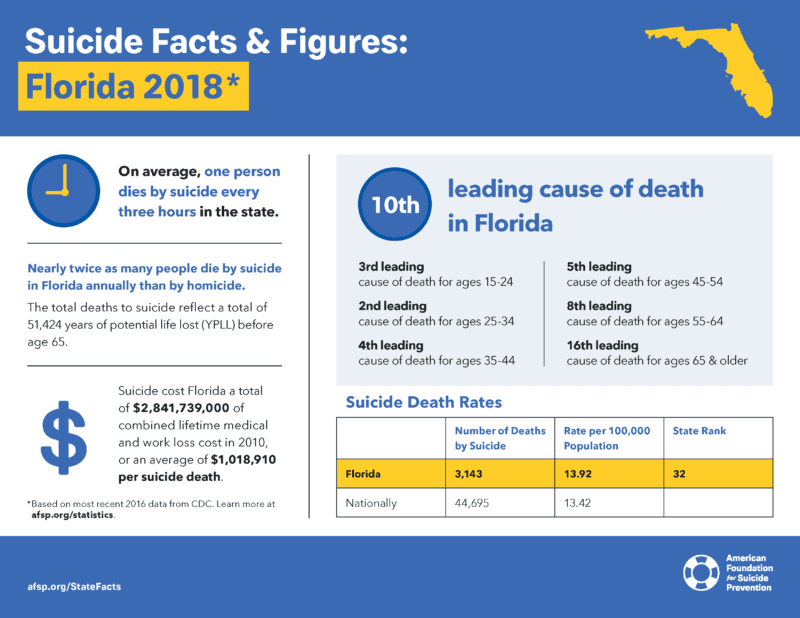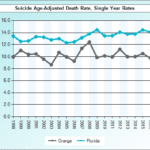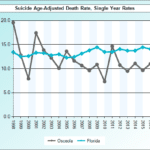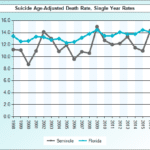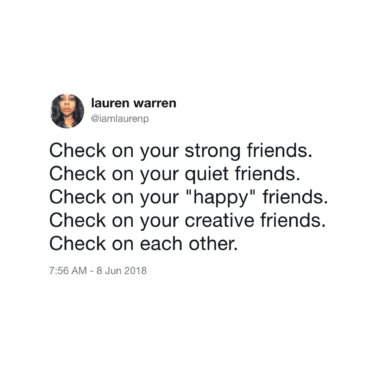Twice this week the news has broke that a celebrity has died from suicide. First fashion designer Kate Spade, then celebrity chef Anthony Bourdain. Both have led successful lives and have the means to access the best mental healthcare and they still felt that they no longer could face their lives.
Suicide is a major problem in this country and this is NOT OK. We need to do something to change the stigma around asking for help and our access to help!
When It’s You
Maybe it is you who is considering suicide. Even just a tiny bit. Maybe 13 Reasons Why hit a little too close to home. Please get the help you need.
Do not be ashamed that you are feeling this way.
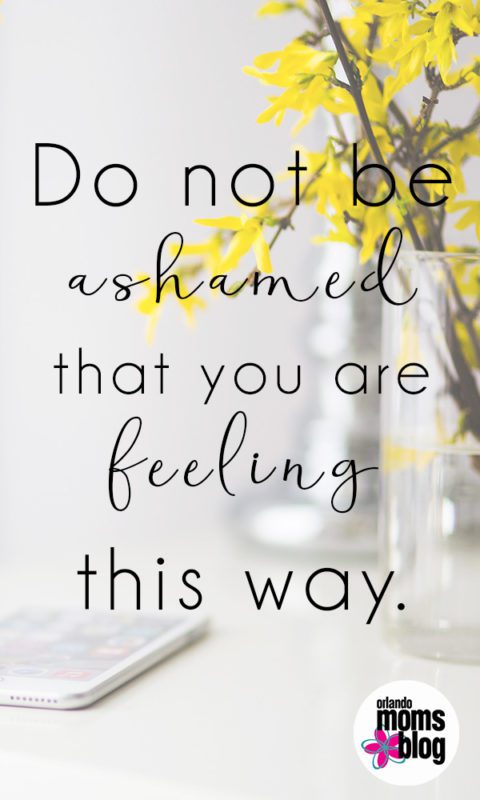 Get help if you are aren’t even sure you need it. Reach out to someone…anyone to share how you are feeling. Have a cup of coffee with a friend. Make an appointment with a therapist. Practice self care. Know that you are worth it. Know that no matter what, there is someone (and probably a lot of someones) who will be effected in a negative way by your death. There is help and advice out there even if you aren’t ready to talk to someone yet.
Get help if you are aren’t even sure you need it. Reach out to someone…anyone to share how you are feeling. Have a cup of coffee with a friend. Make an appointment with a therapist. Practice self care. Know that you are worth it. Know that no matter what, there is someone (and probably a lot of someones) who will be effected in a negative way by your death. There is help and advice out there even if you aren’t ready to talk to someone yet.
National Resources for Help
National Suicide Prevention Lifeline // 1-800-273-TALK (8255)
Crisis Text Line // texting “START” to 741-741.
The Trevor Project, an LGBT crisis intervention and suicide prevention hotline // 1-866-488-7386
To speak to a crisis counselor in Spanish // 1-888-628-9454
Orlando Resources
In Central Florida? Find resources and support groups locally by visiting To Write Love on Her Arms.
Access to Mental Healthcare
It is clear that access to healthcare, specifically mental heathcare, is something that can help those at risk of suicide. Mental Health America has researched access to care based on a series of criteria based on insurance status, disabilities, financial restraints, IEPs, and more. Florida ranks 44/50 in the country for access to care based on this information, and only crosses into the top 50% of the country on 1 out of 9 criteria surveys.
The most disturbing statistic that I found was that only 23.4% of students nationally that have documented sever depression receive regular treatment (7-25+ visits a year). How can we not be helping these children who have been clinically identified as needing the most help? And how can we be surprised when they take their own lives, or lives of those around them?
The Facts
According to the American Foundation for Suicide Prevention 44,965 Americans commit suicide each year which averages out to 123 EVERY DAY. While the vast majority are middle aged white men like Bourdain (7 out of 10), this does not leave women immune. The Centers for Disease Control and Prevention put out a report in 2016 about the increase in suicides from 1999 – 2014 citing that women 10-14 increasing a startling 200%, 45-64 (like Spade) increasing 64%, and with all other age groups rising a minimum of 31%.
Florida Statistics
How does Florida stand up against these statistics? Suicide is the 10th leading cause of death in Florida with almost one person taking their own like every three hours per this AFSP factsheet.
Central Florida Statistics
Per statistics provided by Florida Department of Health from the past 20 years, Orange County has been below the Florida average of suicide deaths, but Seminole and Ocseola have spiked above average on occasion.
High Risk Populations
Per a report by Florida Department of Families and Children here are the 10 most high risk populations for suicide. Just because someone does not fit into one of these populations does not mean that they are not still at risk. These are the people who are most likely, for various reasons, to feel that suicide is the best option.
- Individuals with mental and/or substance use disorders
- Men in midlife and older men
- Members of the Armed Forces and veterans
- Lesbian, gay, bisexual, and transgender (LGBT) populations
- American Indians/Alaska Natives
- Individuals who have attempted suicide
- Individuals bereaved by suicide
- Individuals with medical conditions
- Individuals in justice and child welfare settings
- Individuals who engage in nonsuicidal self-injury (NSSI)
Know the Signs and How to Help
IS PATH WARM
Do you know the waning signs of someone considering suicide? The American Association of Suicidology has put together the acronym IS PATH WARM to help individuals to know some warning signs in their friends and family.
I – Ideation
S – Substance Abuse
P – Purposelessness
A – Anxiety
T – Trapped
H – Hopelessness
W – Withdrawl
A – Anger
R – Recklessness
M – Mood Changes
Protective Factors
There are preventive measures that can be taken to help those at risk and showing signs that they may be considering ending their own lives. The CDC lists clinical support for mental, physical, and substance abuse problems, ongoing medical and mental heath healthcare, and access to clinical interventions and support as some factors that can help high risk individuals.
Safeguard Your Mental Health
Mental or psychological health is a critical aspect of an individual’s overall health. If it’s affected, the individual’s social life, spirituality, and physical body can fail. Check out these tips to help safeguard your mental health:
Be True And Express Yourself
Gone are the old times when lesbians, gays, bisexuals, and transgenders hide their true identities. So, don’t be afraid to tell and show people your gender preference and sexuality. Moreover, gays and lesbians can be out and proud using cool LGBTQ merch, logos, videos, and design templates. What better way to express yourself than through the items you use every day?
Speak Out And Listen
There are various sources of moral support around you. If you’re down or having problems in school or work, feel free to tell someone you trust. Listen to their advice. They can accompany you to find a counselor or therapist to assess your mental health and let you undergo therapy as necessary.
Divert Attention To More Productive Activities
Avoid being alone or isolating yourself. You’ll only become lonelier and pessimistic alone and thinking inside your room. If you’re stressed out or feel sad, engage in something productive, such as playing a sport, art, craft, or gardening.
What Can You Do?
If you know someone that you think that someone is considering or planning on committing suicide there are things that you can and cannot do such as reaching out for professional help (even if the person is resistant) or asking direct questions without being judgmental. Other options on ways to help can be found here.











